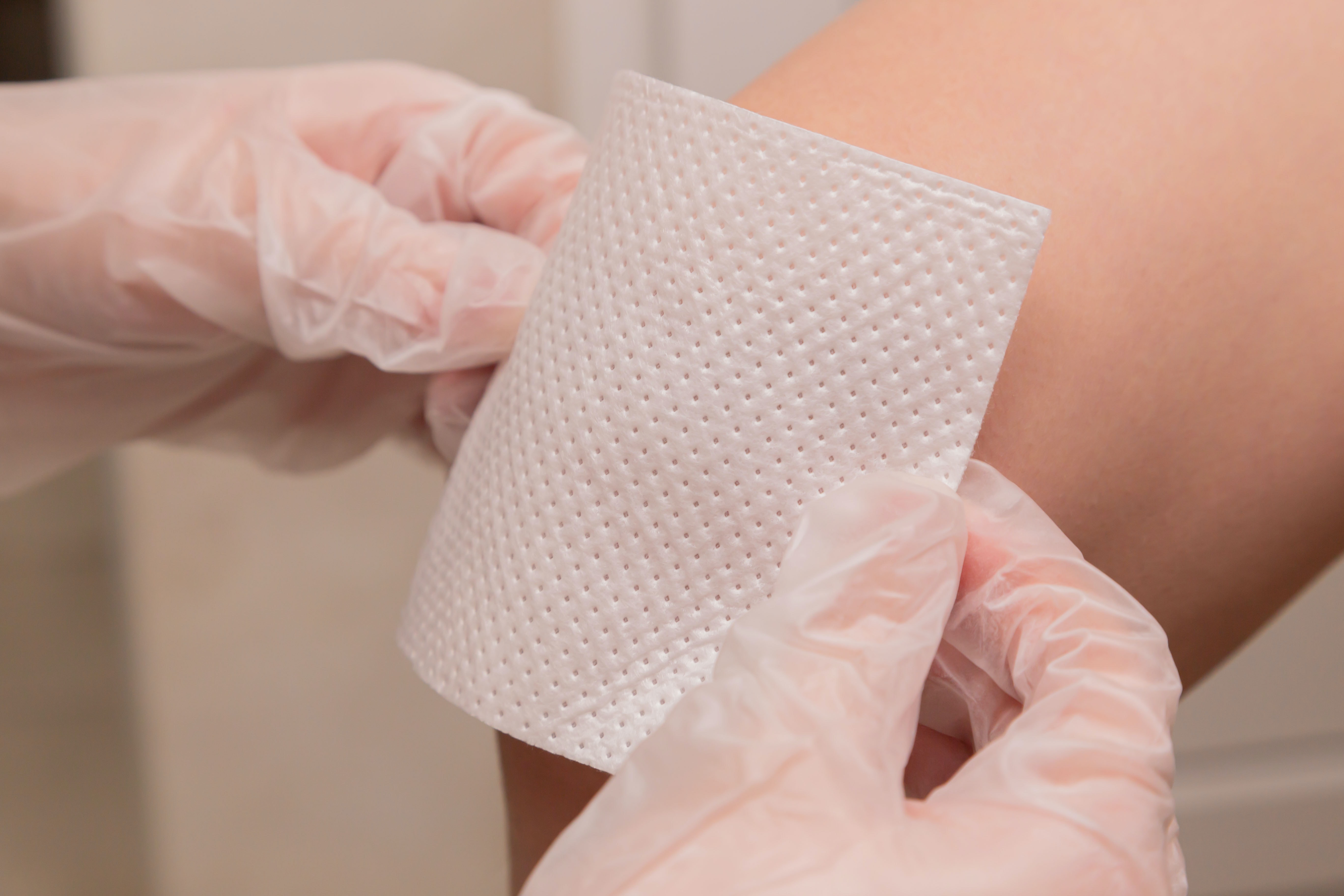Wound care
Last updated: January 12th, 2025

Wounds are breaks in the skin and tissue causing bleeding. There are different types and severity of wounds that may require medical attention. If in doubt, always seek the advice of a medical professional.
Types of wounds
Wounds can be classified in several ways including:
Abrasion. This happens when skin scrapes against a rough surface. Whilst there might not be a lot of bleeding, the risk of infection can be high.
Avulsion. Severe damage to skin and tissue due to a violent accident. Typically involves a lot of bleeding.
Laceration. This happens when the skin is cut against a sharp object. Usually involves quite a bit of bleeding.
Puncture. Puncture wounds are holes in the skin caused by pointy objects. Bleeding will depend on the extent of the wound. Might present damage to organs.
Why get Wound Care?
Depending on the type and severity of the wound, you may need immediate medical attention. Infected wounds should also be seen by a medical professional since these may lead to complications.
When should you get Wound Care?
Wounds typically cause a lot of pain and may require the immediate assistance of a medical professional. Furthermore, you should also see a doctor if the wound is;
- Deeper than 1 cm
- Bleeding does not stop
- There has been a serious accident
- There are signs of an infection
In more severe cases, such as a body part being severed, this should be taken to the nearest hospital for possible reattachment. Where possible, it should be wrapped in moist gauze and packed on ice.
Wounds that develop complications might also need to undergo wound care. Signs to look out for include:
- Increase in fluid drainage
- Pus
- Foul odour
- Fever
- Lumps usually in groin or armpit regions
Wound Care procedure
Wounds can be treated in different ways depending on the type and severity of the wound.
Generally speaking, the wound is first cleaned and disinfected after which it is closed. You may also receive a tetanus shot especially if it is a puncture wound. The closing of the wound can take different formats including skin glue or sutures.
Skin glue. A medical glue used to close small wounds. It creates a waterproof covering over the wound. Used on its own or with stitches or tape.
Sutures. Used to stitch the wound. They can be either absorbable, which dissolve over time, or non-absorbable which need to be removed by a medical professional once the wound heals.
Sutures are generally left in place between three to fourteen days, depending on the location. In this period, sutures should be kept as clean and dry as possible. Keep an eye open for any increase in redness or swelling.